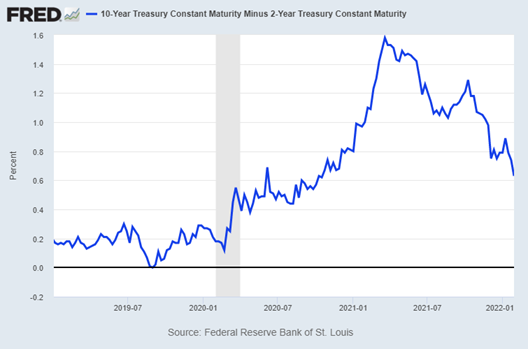Recognize, comprehend, adapt, suggests Mike Larson, editor of Safe Money Report.
It’s a three-step process that can be incredibly important for investors like you. That’s especially true now when, as Bob Dylan once sang, “The times they are a-changin’.”
Let’s start with Step 1: Recognizing there’s a shift underway. I can’t stress enough how important the sector rotation going on behind the scenes is.
You see, many investors have massively overweighted technology stocks in their portfolios. It wasn’t an irrational thing to do. After all, tech stocks delivered some of the biggest gains in the market for a very long time.
But that’s starting to change. As of last Friday’s close, the Technology Select Sector SPDR Fund (XLK) had LOST money over the last 30-day, 60-day, and 90-day periods. It was also underperforming the SPDR S&P 500 ETF Trust (SPY) in 2022, and it’s now barely outperforming the SPY going all the way back 12 months.
What’s taking the lead? Under-owned, under-appreciated sectors like energy, for starters. The Energy Select Sector SPDR Fund (XLE) was recently up 18% year to date...and a whopping 71% over the last 12 months. “Boring” companies that make things like cleaning products, food, and beverages are leading the way, too. The Consumer Products Select Sector SPDR Fund (XLP) has gained around 7% in the last three months, for instance. Then there’s the interest rate market. Some of the hottest, best-peforming funds there focused on high-yield “junk” bonds. But now riskier funds like the SPDR Bloomberg Barclays High Yield Bond ETF (JNK) are starting to waffle.
At the same time, the Treasury yield curve is flattening dramatically. Just take a look at this chart, which shows how the difference between the yields on the two-year Treasury and 10-year Treasury has shrunk to just 0.63 percentage points (63 basis points).

That’s less than HALF the peak of 1.58% last March. That signals the bond market is increasingly worried that more Fed rates hikes NOW will crater the economy, and markets, LATER.
So, why is all this happening? That brings me to Step 2: Comprehending the forces driving these shifts.
The Federal Reserve is driving most of the action. In recent comments, including the most recent post-meeting press conference, Chairman Jay Powell made clear he’s not the market’s best friend anymore. He’s ready to raise interest rates, stop buying billions of dollars’ worth of bonds, and otherwise make life harder for people up and down Wall Street...and you, the investor.
That’s raising rates on shorter-term Treasuries. Meanwhile, concerns about the impact those hikes will ultimately have on growth is helping keep long-term rates from surging. The result? A flattening yield curve. Investors also know that Fed hiking cycles tend to bring out new leadership in markets. Money typically rotates to cheaper, value-oriented stocks and away from more expensive, growth-focused names.
All of this naturally leads to Step 3: Adapt as an investor! Don’t fight these important changes. Embrace them.
Keep more cash on hand now that the Fed is tightening the screws. Own less tech and more defensive, yield-oriented, higher-quality stocks. Stick with investments in precious metals and mining shares. Adjust your bondholdings or bond fund positions to profit from a flattening curve rather than a steepening one. That includes reducing any exposure to funds with high levels of credit risk
In short, following this three-step process could make the difference between a highly successful 2022...and a potentially lousy year.




















